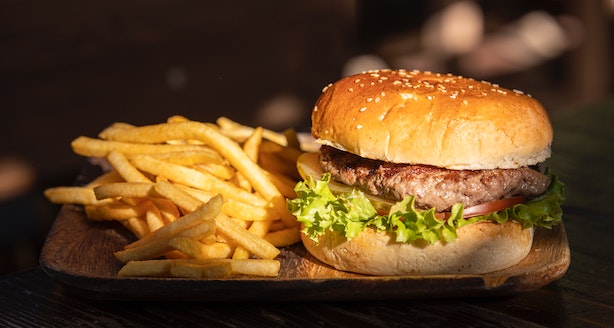
The role of data analytics in your QSR's mobile app marketing

Fast-food restaurants and mobile apps seem to be a recipe for success. After all, they’re both based on the beauty of convenience. But success isn’t always guaranteed. Even the most well-oiled QSR mobile apps can run into mishaps. What’s one worth avoiding? Not prioritizing data analytics.
Matteo Gasparello, director of marketing with Blue Label, an award-winning mobile app development company, spoke to us about how ignoring data analytics can lead to disinterested and inactive customers.
Why data analytics are important
Whether you’re launching a new app feature or continuing with a trusted service, having a clear direction on where you should place your efforts is important to help you navigate any challenges that may arise. Data analytics help provide that sense of direction.
“Analytics will always be a staple for just about any mobile product. If you’re not tracking what’s going on from a more mechanical lens, you’re leaving much of the user experience (UX) to chance,” Gasparello said. “Direct feedback is valuable too, but these don’t always intersect, and where they do, analytics will be helpful in 'filling in the blanks' when assessing direct user feedback.”
How mistakes occur
Mobile app mishaps don’t always just happen; for example, they can result from misunderstandings about what consumers truly want from brands. Consumers are constantly changing. Today, consumers are more empowered than ever, and their confidence shows in their wants and needs. While tried-and-true practices may grab consumers’ attention occasionally, consumers are savvy and it doesn’t take long for them to notice certain patterns like repeated marketing tactics or a lack of personalization.
Gasparello says marketing messages can be a good place to learn how your consumers want to interact with you.
“Many restaurants use relatively inflexible promotions, meaning the same thing is promoted to everyone. For example, McDonald’s wants everyone to know when the McRib comes back each year and reminds us when springtime is near when you start seeing advertisements for the Shamrock shake.”
Personalization exists for a reason — the more you market what an individual customer wants, the more likely you will get a favorable response. You can use the data analytics you’ve gathered from your customers to create notifications, campaigns, creative assets, and other marketing materials to attract users to your app. Data analytics allows brands and customers to see a customer’s purchase behavior and make informed decisions based on what they’ve liked. For customers, this may mean repurchasing a favorite item. For brands, this may look like recommending a similar product the customer might enjoy.
Ignoring data analytics is simply a way of leaving your mobile app’s success up to chance. When you prioritize data analytics, you can increase your chances of better understanding your customers, providing them with what they need, and upping the success of your app.

Lindsay Keener is a brand journalist for Quikly. She covers stories that help to inform and educate consumer-facing marketers.

